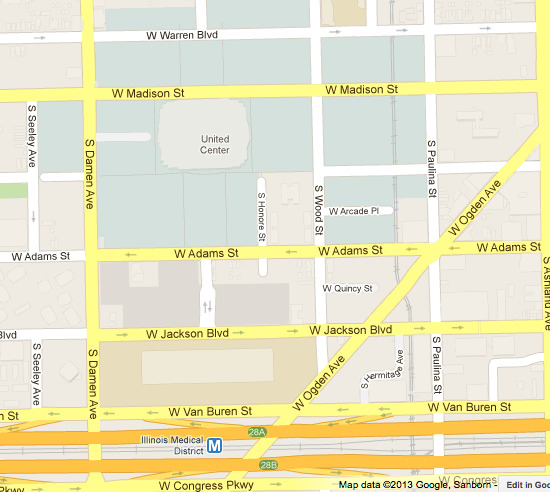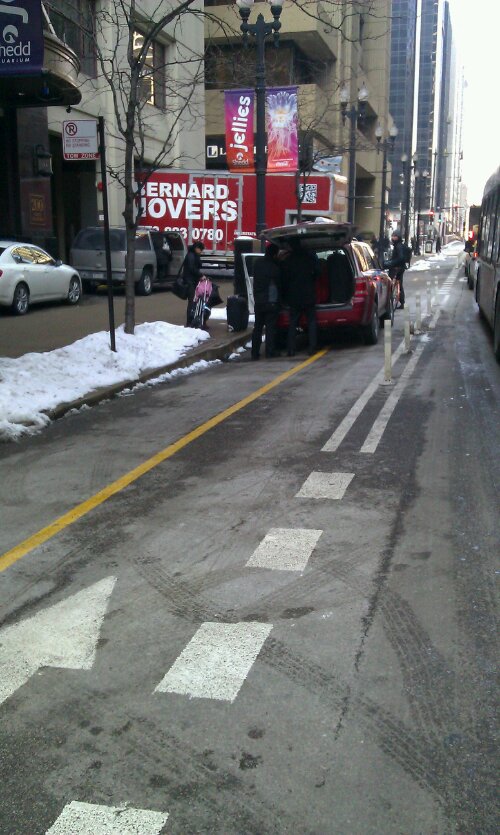I sat down with Shaun Jacobsen, Chicago resident and author of the local blog, Transitized. We learn about the city's transit system which consists mostly of elevated trains, a comprehensive network of slow buses running in mixed traffic, and an infant bike network consisting mostly of sharrows and "weasel lanes". Shaun explains how to redesign our streets for people and tells us where to find the money we're always told we don't have (hint: stop expanding highways and subsidizing car parking). Minku Sharma of the Vegan Pedicab Podcast is back in the second half to talk more about transit, street design and our pedicab experiences (including the big tire blowout).
This week's music is provided by the Weakerthans from Winnipeg.
Visit criticaltransit.com to find out more, follow the blog, make a donation or sponsor an episode to support this work and my ongoing Sustainable Transport Tour. Spread the word and follow my work on facebook and twitter. Please contact me if I may be passing through your city, or if you have suggestions on places to go or people to meet.





